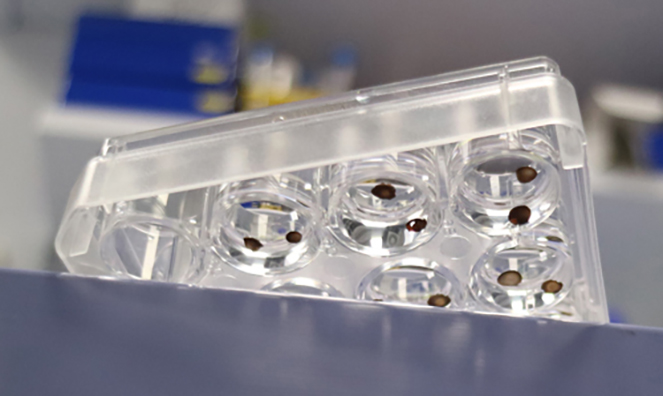For the human body to function properly, a complex interplay between the different parts of its nervous system is needed: the brain and the spinal cord (which together form the central nervous system) as well as the peripheral nervous system (i.e. all the nerves that innervate our organs throughout the body).
When studying neurological diseases in the laboratory, researcher often had to simplify this complexity due to a lack of a good experimental model, for instance by only looking at one of the three components and neglecting their interaction.
The new CONNECT project (Connecting neural networks: Nervous-system-on-Chip Technology), which has recently received almost 7 million Euro funding through the European Union’s Horizon2020 scheme, would like to change this. Experts from 7 partners, among which the group of Prof. Jens Schwamborn from the Luxembourg Centre for Systems Biomedicine at the University of Luxembourg, will brings together their expertise to develop a new organ-on-a-chip model of the entire nervous system.

Brain organoids in a well plate
An organ-on-a-chip is a case with tubes, called microfluidic channels, in which experiments can be done on living cells. Well-known examples are liver-on-a-chip and heart-on-a-chip. In this consortium, researchers hope to develop a nervous-system-on-a-chip including its different components which could be used to test new drugs against Parkinson's disease. The idea is to use an ingenious system of microtubes to connect nerve cells to each other through three compartments ranging from the central nervous system to the peripheral nervous system. It would allow to study the transport of specific proteins that travel in the nervous system and are associated with Parkinson's disease.
Check out a more in-depth article about the CONNECT project.




